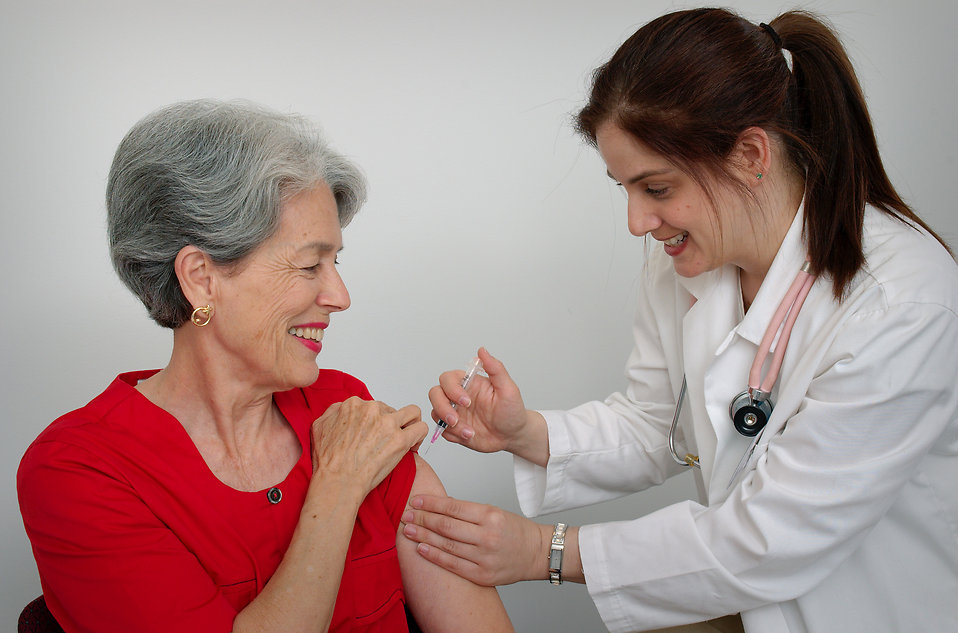Tess Mercer, 23, found her calling to Occupational Therapy at the age of 4-years-old. She vaguely remembers playing in a room filled with activities and overall just having fun. A woman, who she would later know as a close friend, would play beside her and monitor her development closely. Little did Mercer know, the women who would play with her was an Occupational Therapist using the study of “play” to enhance Mercer’s ability to complete her daily “occupations.”
“Play” is one of the eight occupations taught to Occupational Therapy students at York College. The other occupations includes Instrumental Activities of Daily Living, Activities of Daily Living, Leisure, Work, Sleep, Education and Social Participation.
“A lot of the things that we learn (through volunteering) is applying how we connect with people on more of a social/emotional level,” said Mercer, a second year student in the OT program. “Not that we are social analysts, but there could be someone who is wheelchair-bound that can function, get dressed in the morning, get themselves to work. But they may not be happy about something, which can impact their social life. That’s one of the issues OT addresses.”
Mercer graduated from York as an undergrad in psychology and continues her education in OT. She focuses on Pediatric Occupational Therapy with the goal of working with children and extending her life changing experience to others. She also serves as the President of the York Student Occupational Therapy Association (YSOTA) which involves participation in senior center seminars and walkathons.
The Occupational Therapy Program marks its 40th year at York starting Spring 2017. Since 1977 the program has offered in-depth classes in each field of the study and a sense of community for medical professionals.
In recent years the program has grown in stature, with an average of 150 students applying for 30 available seats every year.
Dr. Lillian Kaplan, hired by the founding faculty members in 1993, represents the commitment of a 40-year program. She currently serves as the Chair of the OT Program and pushes OT to reach higher standards. She also pushed OT to better connect with students entering the program.
“The ACEOTE certify OT programs across the country and last year York was getting accredited,” said Mercer. “Professors, they have to take out their syllabuses, they have to show everything that they teach in the program, including their (student’s) grades. York received the 10 year accreditation which is the highest level of accreditation. For some programs they may get five years or seven years, but York received 10 years.”
Wimberly Edwards, Ruth Kraiem, and Yvonne Flowers are the founders of the Occupational Therapy program at York. They are especially credited by Kaplan for making efforts to connect the York Community to medical studies elsewhere. Connections in the Black Occupational Therapy Union, Hand Therapy Certification Commission, and National Board for Certification in Occupational Therapy were all necessary to the development of the program.
York students know that OT is a very special major that requires an extraordinary level of commitment.
“You have to really want it,” says Folarin Egunjobi, 37, the treasurer of the York Student Occupational Therapy Association. “You have to really want to work with people with disabilities, and want to be compassionate. One key word is empathy.”
Egunjobi didn’t know much of OT when he started but he wanted to stay away from prescribed medication and help others in the mental and physical health field.
“It’s not just disability, it’s you not functioning the way you want to function,” said Egunjobi. “A lot of people look at OT and think ‘oh you guys do a lot of exercise and stuff.’ Whatever we do, we tailor it to functioning. We want to get you to the point where you can independently, or with modifications, function within a community.”
The York College OT master’s degree program, which began in 2003, was the first in its discipline throughout the CUNY system. Those who commit to the program need a minimum overall GPA of 2.9, passing of all required core and prerequisite classes with no less than a C, and necessary application forms.
“The best thing you can do to get into the program is to keep your grades up,” said Mercer. “For me it was kind hard to get my grades up because some of the classes they make you take are somewhat difficult. For me, I had to take my time and take one class at a time like bio and chemistry. You may not need it for OT, but you need the foundations of those classes. I wanted to apply to the program earlier than I did, but I knew my gpa wasn’t high enough. I had a 3.3 but I knew I needed a 3.7 or 3.8 to get into the program.”
York takes in transfer students from all corners of CUNY who wish to complete a master’s degree in OT. Most of the students who are invested in the program are transfer students, according to the YSOTA president.
The goal for all OT program students is to pass the BOARD exam regulated by The National Board for Certification in Occupational Therapy. After completion of the OT program at York with a master’s degree, students meet the requirements to take the BOARD exam.The passing rates of students show at least 30 students, from each academic year since 2003, become licensed Occupational Therapists.
“The last thing they [the faculty in the OT program] want you to do is work really hard for those grades, and work really hard to get into to program, only to realize you don’t want to do it,” said Mercer. “Meanwhile, there could be a student out there who really wanted it and didn’t get in for some reason.”
